There are many soundproofing materials on the market today. At best, many are good products and truly useful for soundproofing, and at worst some are of questionable benefit to homeowners and businesses.
We’ve condensed those products into a list of what we consider to be the 10 materials to soundproof a room in your home. Most of these products are readily found online, while a few are more specialized and will require a special order.
Study this list of products and you can easily find the best soundproof materials to complete your project start to finish, and stay within your building budget.
Quick Navigation:
Types of Soundproofing Materials
These are the most used soundproofing materials; each category has different best use scenarios. Each of these acoustic materials falls into one of these categories: Sound Absorbing, Sound Insulation, Sound Dampening, and Decoupling.
- Acoustic Foam – This material, commonly called Studio Foam, has a distinctive wedge or pyramid shape that is highly effective at absorbing sound. They attach to walls as panels, hang from ceilings as baffles, or sit in corners as bass traps.
- Sound Insulation – Sound insulation are batts made of mineral wool, rock wool, and fiberglass, designed to fit in between the studs of walls. The batts fit snugly between studs to take up airspace that can transmit sound.
- Acoustic Panels/Boards – These are decorative versions of sound insulation and sound absorbing foam. They can come in many appealing colors, patterns, and fabrics to serve a dual purpose in the home and workplace.
- Acoustic Fabrics – Acoustical fabrics are thicker and heavier than other fabrics and used in theater curtains, blackout curtains, and studio blankets.
- Acoustic Coatings – Materials like Mass Loaded Vinyl (MLV) is a dense rubber like material, used in many different situations such as car soundproofing, machinery, appliances, and as an underlayment. The mass of the material acts as a sound barrier.
- Floor Underlayment – Soundproofing a hardwood or tile floor requires the decoupling of the flooring surface and the subfloor to reduce the noise transmission. Cork rolls, felt, and polymers are commonly used as underlayment materials.
- Architectural Soundproofing – This group includes anything used in the structure of a building, such as soundproof windows, soundproof walls, doors, and decoupling products used to install them.
Sound Absorbing Materials
Rather than reflecting noise, sound waves are absorbed into this type of material, softening echo and reverberation to improve the sound in a room.
One useful material is fabrics, used for heavy acoustic curtains and blankets. The most popular though is acoustic foam, a special material designed with special cell structure and density to deflect, dampen, and absorb unwanted sounds. They are commonly used in studios, theaters, and entertainment centers.
1. Acoustic Foam (Auralex Studiofoam Wedges)
Best Use: For improving the sound in small to medium rooms, like recording studios, control boardrooms, and even small home theaters.
- NRC: 0.8
- Size: 12”x12”x2”
- Colors: Charcoal, Burgundy
Auralex is a well know acoustic foam brand that has dozens of foam shapes and sizes that are perfect for musicians, recording artists, podcasters, and home theater lovers. Studiofoam is their most popular product, and the 2” wedges are the best sellers. They also make the killer LENRD bass traps for your corners.
Studiofoam Wedges have an NRC rating of 0.8 and the anechoic wedge can significantly cut down reverberation, slap, and flutter. The 2” panels are Class-A fire-rated per ASTM E-84.
Use 3M Command strips, hook and loop strips, or spray adhesive to mount the foam to your room’s walls and ceiling. If you ever plan on moving them, it’s highly recommended to use the removable type of adhesive strips to make removal easier.
2. Sound Absorbing Foam (Pro Studio Acoustics Tiles)
Best Use: Use as an alternative to the Auralex panels. They offer multiple attractive colors to break up with the charcoal that looks great in any room.
- NRC: 0.65
- Size: 12”x12”x2”
- Colors: Charcoal with Blue, Red, Teal, and Purple
Pro Studio wedges are made in the USA from a high-quality acoustic foam. The wedges can be installed on walls where noise reflection is a problem, or as ceiling tiles to cut down echo and reverberation. Pro Studio foam is no comparison to the cheap “egg crate” variety foam.
Most people use the Pro Studio Acoustic foam panels for absorbing sound in both home and professional use. The bright colors liven up theater rooms, gaming rooms, voice booths, and studios while absorbing sound and killing echoes.
3. Acoustic Panels (ATS Acoustics)
Best Use: Acoustic panels are best for rooms where the appearance of wedge and pyramid foam is undesirable. The wood framed panels look more like a decoration or large picture frame than a sound absorbing panel.
- NRC: 1.0
- Size: 24”x48”x2”
- Colors: Beige, Black, Burgundy, Ivory
For rooms where foam just won’t cut it visually, acoustic panels are there to fill the void. ATS panels are constructed with Roxul ABF mineral wool and a solid wood frame. They finish off the panel with an all jute fabric cover to make it a great looking piece.
All that’s left is to hang them on the wall with the included hardware. It’s important to note the ATS Acoustic panels are sold as single panels, but you can always buy multiple panels at one time to save on shipping costs.
4. Acoustic Curtains (Utopia Thermal Blackout Curtains)
Best Use: Blackout curtains are good for reducing the noise coming in or getting out from windows and doors. Use them in a bedroom, home theater, nursery, or wherever a little quiet is needed.
A typical acoustic curtain uses quality, heavyweight, plush fabrics combined soundproofing materials like mass loaded vinyl to dampen sound and reduce echo. While these curtains are usually special-order products, the best alternative for home is to buy quality, heavyweight blackout curtains
For the home, acoustic curtains are meant to improve the sound in a room, as opposed to blocking sound from leaving or entering. Our favorite acoustic curtains are the Utopia Bedding Blackout Curtains. For more info, check out our guide to acoustic curtains for home theaters.
Further Reading: Industrial noise can be controlled with the installation of sound curtains. These curtains are made of quilted fiberglass or Rockwool layers, sandwiched over mass loaded vinyl. These curtains are stiffer than most and hung on frames making them mobile and easy to surround a particularly noisy piece of equipment or area.
5. Moving Blankets (Sure Max Heavy Duty)
Best Use: Good, thick moving blankets can be used for some sound absorption when budgets are tight.
Moving blankets have long been used for purposes other than moving furniture. The thick plush fabric of a blanket like the Sure Max Heavy Duty blankets can be used to absorb sound. You can hang them on the walls, over windows and doors, and even enclose a sound booth for recording.
The Sure Max blankets are made from plush cotton batting and polyester backing and weigh over 5 pounds each. They don’t have grommets for easy hanging, but the materials are pretty good for some cheap sound absorbing setups.
6. Door Sealing Gasket & Sweep Kit
Best Use: Foam gaskets are a great cheap material for filling in space on door frames where noise loves to leak in and out of rooms.
Gaps between the door jam and door are prime paths for unwanted noise to travel. Compressible foam gasket material helps seal up the gap and absorb some of the sounds. The door sweep portion is to seal up the floor section of the door, especially on hard floors.
It’s just one piece of the puzzle when it comes to soundproofing doors, however. A cheap hollow door is still going to transmit sound even with a gasket and door sweep, so problem areas may need acoustic curtains or blankets added to be effective.
Soundproofing Insulation
Soundproofing insulation is used in buildings and homes to reduce the amount of sound transmitted to other parts of the building. Mineral wool and fiberglass are the most common materials. It’s a relatively easy and cost-effective way to improve the soundproofing of a room.
7. Mineral Wool (Roxul Rockboard)
Uses: Rockboard is a rigid, fire-resistant mineral wool insulation used for both acoustic and thermal insulation best used in residential and commercial buildings.
- NRC: 0.8-1.1 depending on the thickness
- Sizes: 24” x 48” x 2”-4” thick
- Density: 8 lb/ft^3
Rockwool Rockboard is an awesome insulation board product ideally suited for improving the acoustic insulation of homes and buildings. Mineral wool is a natural material, and you can even earn LEED points for its installation. It’s rigid, easy to cut to shape, and is moisture and fire resistant up to 2150°F.
Another use of Rockwool is to make your own acoustic panels and bass traps. All you have to do is build a wood frame, fit the Rockwool boards, and cover it with a nice fabric.
Rockwool Safe’N’Sound is a great alternative to Rockboard is a high-performance soundproofing insulation material, ideal for soundproofing walls and ceilings. It’s soft and flexible, making it easy to tightly stuff the batts into standard stud wall cavities. Unlike other types of soundproofing insulation, Safe’N’Sound is not available online.
8. Soundproof Fiberglass (Owens Corning 703)
Uses: Owens Corning 703 fiberglass boards are commonly used for making acoustic panels for home studios, commercial buildings, churches, and theaters.
- NRC: 1.0 beginning at 300kHz
- Sizes: 24” x 48” x 2” thick
- Density: 3 lb/ft^3
703 fiberglass boards are great for taming high-frequency noise in home theaters, recording rooms, and any other place the acoustics need to be improved. 705 boards work better at the low frequencies needed for a bass trap.
Build your own wood frames and space them around the room, and above offending noise sources. If you have to cut the boards, remember to handle this product with care, as fiberglass is an irritant and you should use the proper personal protective equipment.
Sound Dampening Materials
The mass and density of these materials dissipate sound and reduces the amplitude and energy of the noise. Sound damping materials come in the form of mats, rolls, sprays, and paints and help kill vibrations, rattles, and overall dissipation of noise.
9. Mass Loaded Vinyl (Dynamat Xtreme)
Uses: Rolls of MLV like Dynamat Xtreme and Noico can be used to noise-proof cars, machinery, and appliances. Their flexible nature and adhesive backing make it easy to cover almost any surface.
- Reduces road noise
- Kills vibration and rattles
- Enhances high-end stereo performance
Dynamat Xtreme is the gold standard when it comes to automotive soundproofing. They are sold in bulk packs of sheets as well as a variety of kits specific to doors, trunks, and speaker boxes.
Dynamat should be installed directly onto the metal body of the vehicle and is completely hidden once the car trim is put back together. The aluminum backing layer also reflects heat, keeping your car cool.
Noico Sound Deadening Mats are a great cheap Dynamat alternative. It’s .080” thick with an embossed aluminum liner. The embossing acts as a visual indicator of whether the sheet has been installed properly when rolled flat there won’t be wrinkles.
10. Floor Underlayment (Roberts Super Felt)
Uses: Use quality underlayment to reduce sound transmission of hardwood and engineered floors.
- Size: 360 sq feet
- Thickness: 4 mm
- STC Rating: 66
- IIC Rating: 67
Roberts Super Felt underlayment is an excellent choice for noise-proofing a floor, especially with laminates, hardwoods, and engineered wood. The felt is made from recycled fibers, compressed and heat treated to form a rich sound absorbing material.
The roll of material has adhesive strips on one side, you simply lay it down over the subfloor with a 1-3/4” overlap. There is a built-in vapor barrier, so no need to worry about moisture or smells absorbing into the felt.
Roberts Super Felt is a great product to enhance the feel and sound reduction qualities of your new floor installation. It’s tough, goes down easy, and is simply a great soundproofing product.
11. Sound Deadening Spray (DEI Boom Mat)
Uses: Spot treatment in cars and trucks, fill in gaps between mats, and apply over noisy machinery.
- Coverage: 20 sq ft
This sound deadening spray is the liquid spray version of mass loaded vinyl sheets, and DEI Boom Mat is one of the best. One container covers up to 20 square feet and is perfect for covering those difficult to access areas of doors, trunks, and compartments. Spray those areas the mats can’t reach for the ultimate car soundproofing performance.
12. Sound Deadening Paint (Acousticoat Paint)
Soundproof paint has been called “a myth”, but let’s look at this group of soundproofing materials and you can decide. Soundproofing paints on the market can be rolled on, or sprayed on. Paints can only be applied in thin layers, so spraying will allow a thicker coat and is the recommended method of application.
Since we know that soundproofing relies on mass to block and absorb sound, you can expect that soundproof paint will not be the magic bullet to your noise problem. But, the paint manufacturers have claimed you will realize a 3-7 STC point increase from using their product.
Sound Decoupling Products
To soundproof a room or any other structure, you need to decouple the materials that transmit the sound, such as the walls, ceiling, floors, and doors.
13. Noiseproofing Compound (Green Glue)
Green Glue products are all the rage in soundproofing materials today. Green Glue Compound and Green Glue Sealant come packaged in the familiar caulking style dispensing tubes, making it extremely easy to apply in your project.
Green Glue Noiseproofing Compound is used as a sound dampening material in the construction of soundproof walls. When applied between layers of drywall, it can dissipate the sound vibrations that pass-through walls and the floor.
Green Glue Sealant is used to seal holes, seams, and gaps in walls, ceilings, and open spaces like around electrical boxes, fixtures, and screw holes. These open spaces can be the weak link in your soundproofing project. A sealant will fill in those spaces and reduce noise leakage.
14. Resilient Channel
Resilient Channels are specially designed sheet metal rails that are mounted across the studs of walls and ceiling joists. They lay over the soundproofing insulation, and the drywall is attached not to the studs, but directly to the resilient channels. Studies have shown that the typical experience is a gain of up to 5 STC levels when properly installed into a ceiling or wall.
This arrangement may look strange, but in practice, it acts as a sound shock absorber of sorts. Rather than the sound being transferred through the standard rigid wall assembly, it is absorbed and redirected by the resilient channels.
15. Soundproof Drywall
Soundproof drywall is like sheetrock on steroids. It combines multiple layers of gypsum board, and layers of material like steel, to increase its mass and density and thereby blocking sound. This increase in mass and density can greatly improve STC ratings when soundproofing a room, or soundproofing walls. While soundproof drywall is more expensive, it may be worth the investment when you consider a potential performance upgrade
16. Soundproof Windows
These specially designed windows are constructed of several thick panes of glass, usually with a layer of air or inert gas trapped in between to prevent sound waves from leaking indoors.
Soundproof windows are most often installed right over the top of the existing window, using spring-loaded frames on tracks. If you live in a big city, the reduction of outside sounds transmitted into your living or working area can be dramatic and could easily justify their cost.
References:
- Sound Absorption – Acoustic Glossary
- Sound Dampening – Mascoat
- Rockwool Rockboard
- Super Felt Underlayment – Roberts Consolidated
*Last updated 2024-10-21 at 09:08 / Product Links & Images from Amazon Product Advertising API

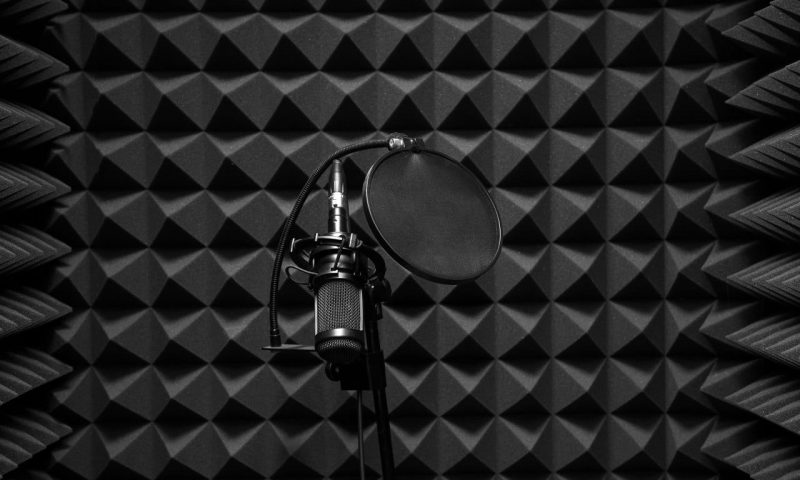
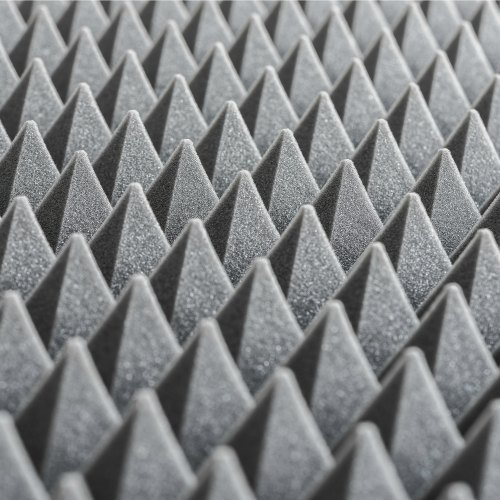
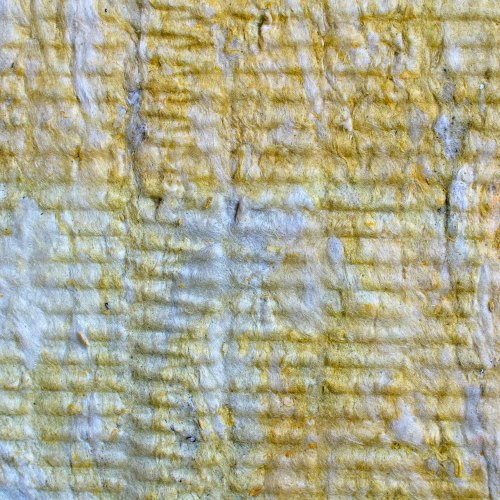
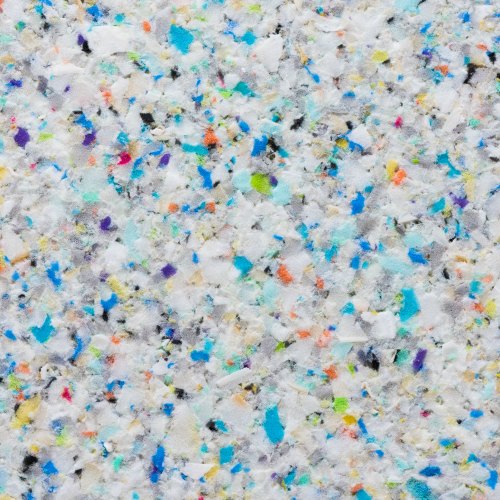















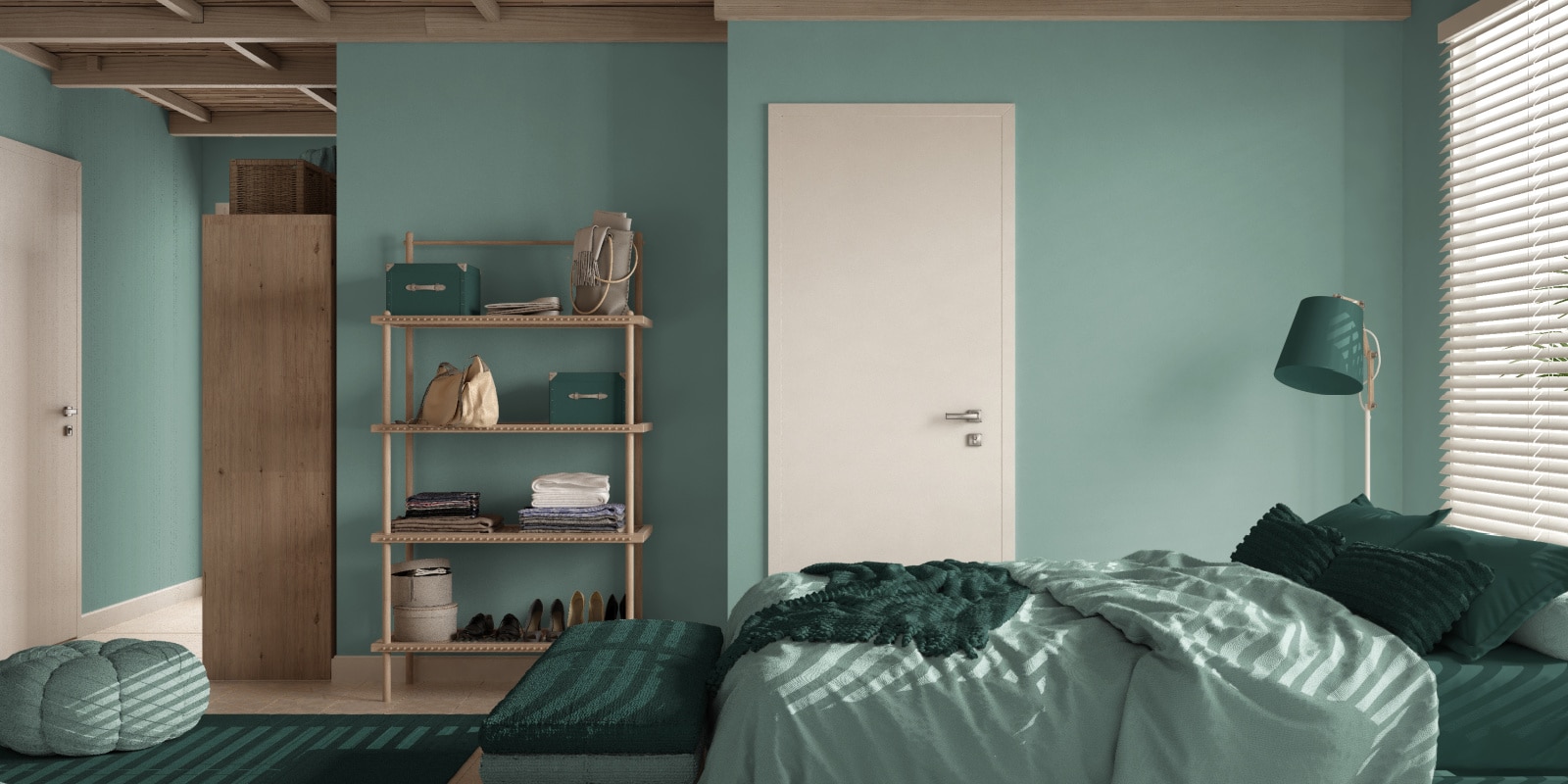
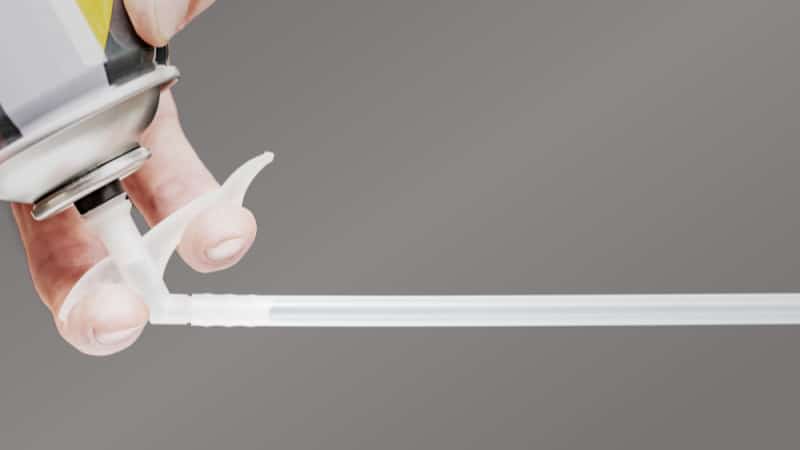
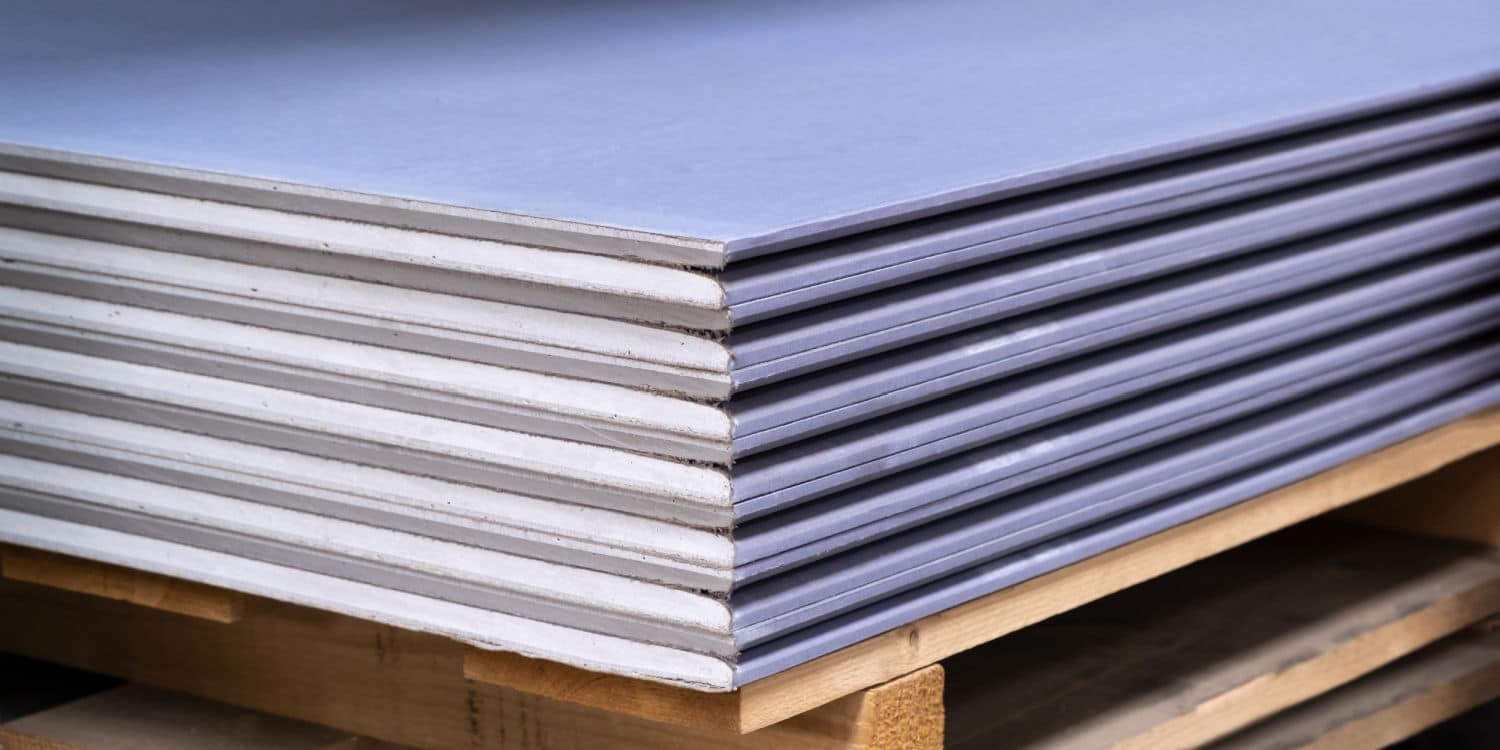
We have large open church. Walls and floor are hard concrete. Cealing and pews are Hardwood. The cealing are Cathedral 30 feet high. We have lots of reverb!! Help
Acoustic panels are not for sound proofing. It’s a common misconception. They are actually for absorbing sound to stop reflections but they don’t stop the sound from passing through the walls.
Nobody mentioned soundboard 4’x8′ approx $8/sheet from HomeDepot..
Please let me know what best can be used to sound proof a room.
What’s the name & specs for it?
Thank u. this will help me in building my studio
I have an unfinished basement where my teenagers play video games and whatnot. They can get quite loud! My family room is directly above the area in the basement where they play so I can hear everything. Which is the best solution to sound proof in between the floor joists?
You’ll want to put mineral wool in between the floor joists and then use hat channel, drywall, and Green Glue to decouple the basement ceiling from the floor and room above. We have more info on this process here.
Use resilient channel rather than hat channel. Similar in appearance but only has one “leg” where hat channel has two.
Just the foam weather stripping and sweep on my door has made an insane amount of difference. My neighbor is in and out a hundred times a day. We share a house that is almost 100 years old and there are 3 apartments. I never realized how much of the noise was the door until you suggested that cheap and easy fix.
Thank you so much. I actually got some sleep for the first time in a year. My boyfriend is still sleeping and he was even worse off than me.
Looking to quiet the sound of an AC air intake in the back of a small church. Thinking of something to line the ducts with that won’t impede airflow.
Can these products be put in my heater closet? It’s very noisy and we have to turn up the volume on our television to be able to hear the program. I’m hoping to get rid of some of the noise.